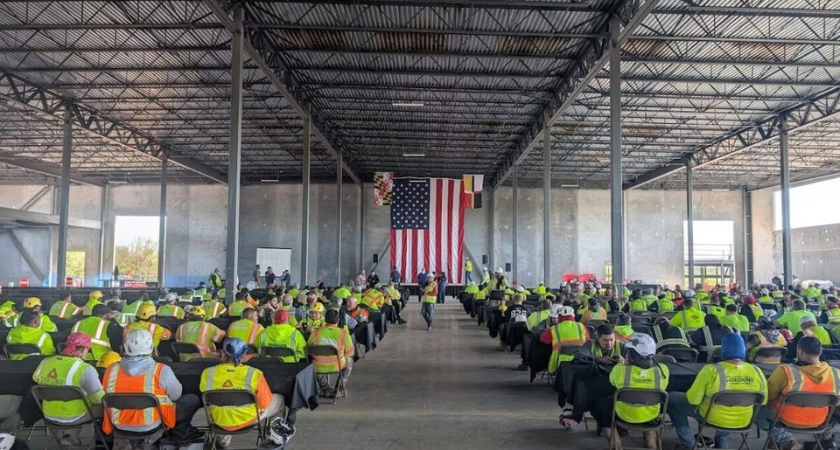
Retention has long been a built-in feature of construction contracting. For decades, many owners withheld ten percent (10%) from contractor and subcontractor payments as financial leverage to ensure quality and project completion. While intended as a protective measure, the practice often placed outsized strain on project teams juggling tight margins, labor costs, benefits, and material expenses.
To address those concerns, California lawmakers passed Senate Bill 61 (“SB 61”), a major update to retention rules for private works. The bill aims to rebalance risk and deliver more predictable cash flow for contractors across the state.

Under current law, retention amounts on private construction are largely dictated by negotiation. SB 61 changes that framework by instituting a five percent (5%) maximum on most private construction contracts.
For contracts executed on or after January 1, 2026:
This creates uniformity across payment tiers and reduces financial exposure for downstream parties.

The law includes several carveouts and clarifications:
Applies Only to New Contracts After Jan. 1, 2026
Existing agreements are not retroactively affected.
SB 61 aligns with, rather than replaces, California’s existing prompt payment laws. It reinforces those rules by:
While it doesn’t change statutory payment timelines, it strengthens the incentive for owners and prime contractors to release retention promptly.
Beginning in 2026, SB 61 will directly affect contract drafting, negotiation, and administration. Affected parties should prepare by:
Because over 20 states now have similar retention laws, some large companies may be better prepared than others—but localized implementation still requires careful review.
The enactment of SB 61 represents a significant change in how risk and cash flow will be managed in California’s private construction sector. For many contractors and subcontractors, the reduced retention rate offers earlier access to working capital and greater stability on ongoing projects.
For owners and developers, the law introduces a new compliance layer but may also support more competitive bidding and stronger industry relationships over time.
As 2026 approaches, all stakeholders—owners, developers, contractors, and subcontractors—will need to plan ahead to ensure smooth adoption and avoid disputes.
Originally reported by Erinn M. Contreras, Julia Anderson of Sheppard, Mullin, Richter & Hampton LLP in The national Law Review.